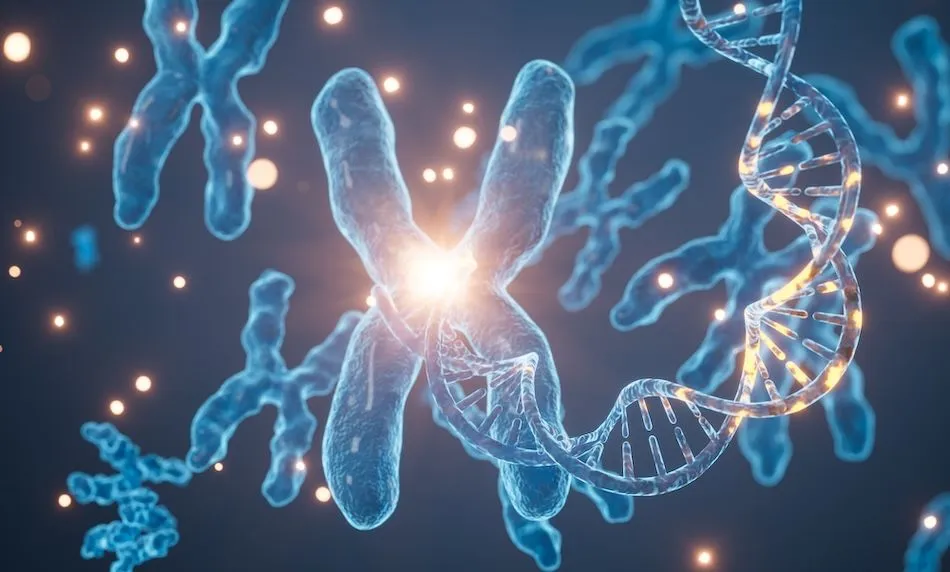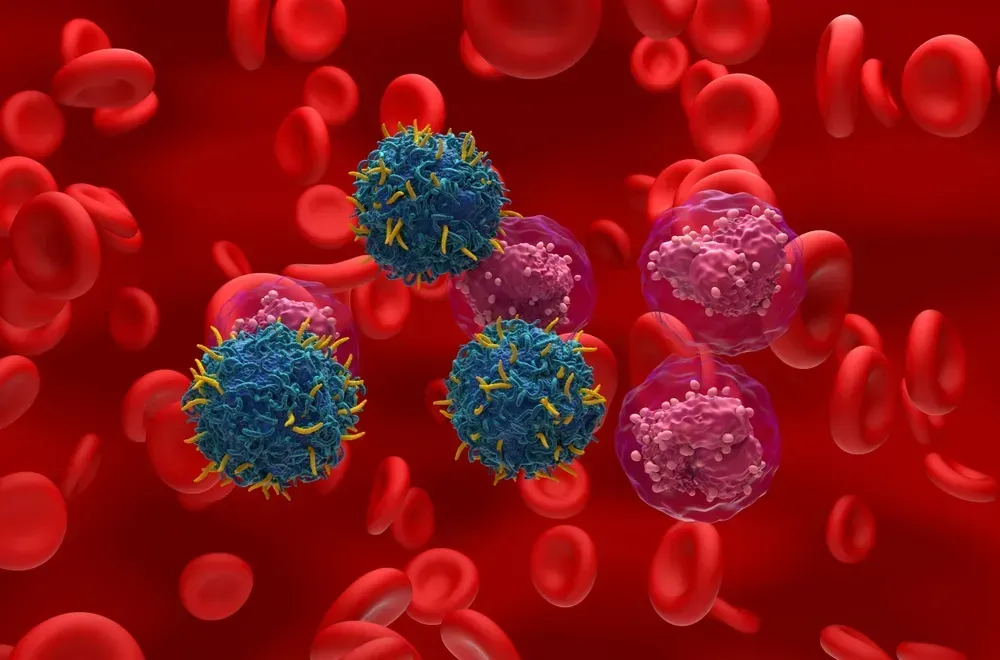ASH 2021: Update on Talquetamab (Plain English Version)

Last year at ASH, I studied and learned more about a new bi-specific antibody drug called talquetamab.
This year, among the several bi-specifics on the ASH agenda, Talquetamab still peaks my interest. After sifting through two “papers”, two presentations, an article and a “poster”; here’s what I thought you’d like to know.
First the Background
Talquetamab is a new bi-specific drug that is currently gearing up for its Phase 2 studies. It is exciting not only because it is a bi-specific (important enough in itself) but also because it involves a target not being used in any other myeloma drugs so far. Many myeloma treatments (CAR-T, BLENREP, other bi-specifics, etc) target BCMA, an antigen found on 80-100% of myeloma cells. Talquetamab uses a different target called GPRC5D. (If you just need to know, that stands for G Protein-coupled Receptor class C Group 5 member D.)
Using a different target opens up all kinds of new possibilities.
About GPRC5D
Like BCMA, Talquetamab’s target, GPRC5D, is found on most myeloma cells. (It’s also found on hair follicle cells but don’t worry you’re not going to lose your hair again.) What’s really great is that some myeloma cells NOT having BCMA MIGHT have GPRC5D.
So that would indicate the possibility that GPRC5D could potentially kill myeloma cells left behind after BCMA-based regimens are used!
What the Studies Show
The updated Phase 1 results from the “MonumenTAL” study found that “Talquetamab is well tolerated and highly effective at both” recommended Phase 2 doses. While that may not sound exciting, it means that much of the preliminary work necessary to prepare for FDA approval is well underway.
While Phase 1 trials are for the purpose of determining safety and dosage, they do yield results on side effects and efficacy as well.
Side Effects: Some Common, Some Unusual
In addition to various side effects including Cytokine Release Syndrome (SRS) which are seen in many targeted therapies, Talquetamab causes some “skin related and nail disorder adverse events in 75% of patients” All of the noted side effects, however, were considered manageable and reversible.
If you follow a few myeloma groups on Facebook you might have seen a really gnarly picture of the hands of a patient in a Talquetamab trial. It was pretty gross. But if you remember the picture, perhaps you also remember the comment from the patient. The gist was that the temporary side effect was nothing if the drug works!
Effectiveness
Here’s the joy part. Talquetamab is one of several new drugs in the hopper that are giving us triple+ refractory myeloma patients a heart full of hope. The bottom line is that almost 70% of heavily pre-treated triple+ refractory patients responded! And responses tended to deepen over time. Duration of response is good too.
More news. A Phase 1b Talquetamab study:
A small study pairing Talquetamab with Daratumamab on heavily pre-treated patients—even patients who’d already had BCMA targeted therapies (both CAR T and BlenRep)—even patients refractory to CD38 targeted therapy (daratumamab)—showed efficacy similar to the single agent study!
Is anyone else jumping up and down?
OK Reel it in a Notch
No, of course it’s nothing close to a cure. I just get excited when I attend ASH and I see so many stellar people doing what seem to be super-human things by coming up with these life-lengthening miracles that just might possibly keep me alive until there’s a cure. You?
Phase 2 Studies are Underway!
You can use your HealthTree data to see if you qualify to join a talquetamab trial.
Also, you can look at the national clinical trial registry at https://clinicaltrials.gov The Phase 2 trial is number: NCT04634552. But there are six trials recruiting!
Last year at ASH, I studied and learned more about a new bi-specific antibody drug called talquetamab.
This year, among the several bi-specifics on the ASH agenda, Talquetamab still peaks my interest. After sifting through two “papers”, two presentations, an article and a “poster”; here’s what I thought you’d like to know.
First the Background
Talquetamab is a new bi-specific drug that is currently gearing up for its Phase 2 studies. It is exciting not only because it is a bi-specific (important enough in itself) but also because it involves a target not being used in any other myeloma drugs so far. Many myeloma treatments (CAR-T, BLENREP, other bi-specifics, etc) target BCMA, an antigen found on 80-100% of myeloma cells. Talquetamab uses a different target called GPRC5D. (If you just need to know, that stands for G Protein-coupled Receptor class C Group 5 member D.)
Using a different target opens up all kinds of new possibilities.
About GPRC5D
Like BCMA, Talquetamab’s target, GPRC5D, is found on most myeloma cells. (It’s also found on hair follicle cells but don’t worry you’re not going to lose your hair again.) What’s really great is that some myeloma cells NOT having BCMA MIGHT have GPRC5D.
So that would indicate the possibility that GPRC5D could potentially kill myeloma cells left behind after BCMA-based regimens are used!
What the Studies Show
The updated Phase 1 results from the “MonumenTAL” study found that “Talquetamab is well tolerated and highly effective at both” recommended Phase 2 doses. While that may not sound exciting, it means that much of the preliminary work necessary to prepare for FDA approval is well underway.
While Phase 1 trials are for the purpose of determining safety and dosage, they do yield results on side effects and efficacy as well.
Side Effects: Some Common, Some Unusual
In addition to various side effects including Cytokine Release Syndrome (SRS) which are seen in many targeted therapies, Talquetamab causes some “skin related and nail disorder adverse events in 75% of patients” All of the noted side effects, however, were considered manageable and reversible.
If you follow a few myeloma groups on Facebook you might have seen a really gnarly picture of the hands of a patient in a Talquetamab trial. It was pretty gross. But if you remember the picture, perhaps you also remember the comment from the patient. The gist was that the temporary side effect was nothing if the drug works!
Effectiveness
Here’s the joy part. Talquetamab is one of several new drugs in the hopper that are giving us triple+ refractory myeloma patients a heart full of hope. The bottom line is that almost 70% of heavily pre-treated triple+ refractory patients responded! And responses tended to deepen over time. Duration of response is good too.
More news. A Phase 1b Talquetamab study:
A small study pairing Talquetamab with Daratumamab on heavily pre-treated patients—even patients who’d already had BCMA targeted therapies (both CAR T and BlenRep)—even patients refractory to CD38 targeted therapy (daratumamab)—showed efficacy similar to the single agent study!
Is anyone else jumping up and down?
OK Reel it in a Notch
No, of course it’s nothing close to a cure. I just get excited when I attend ASH and I see so many stellar people doing what seem to be super-human things by coming up with these life-lengthening miracles that just might possibly keep me alive until there’s a cure. You?
Phase 2 Studies are Underway!
You can use your HealthTree data to see if you qualify to join a talquetamab trial.
Also, you can look at the national clinical trial registry at https://clinicaltrials.gov The Phase 2 trial is number: NCT04634552. But there are six trials recruiting!

about the author
Vicki Jones
I’ve been fighting Multiple Myeloma for more than 15 years. I’ve been on pretty much every approved drug regimen and they’ve all worked really well for me. But of course nothing works forever. Other than some minor fatigue and some of the normal side effects of being 66, I’m feeling great! My husband and I live in Spokane Washington but spend our winters in Lake Havasu City Arizona. I’ve recently retired from a career as a CPA. Being a HealthTree Coach is a newfound joy.
More on Conferences
Trending Articles
Upcoming Events




Get the Latest Multiple Myeloma Updates, Delivered to You.
By subscribing to the HealthTree newsletter, you'll receive the latest research, treatment updates, and expert insights to help you navigate your health.
Together we care.
Together we cure.
3x Faster.













